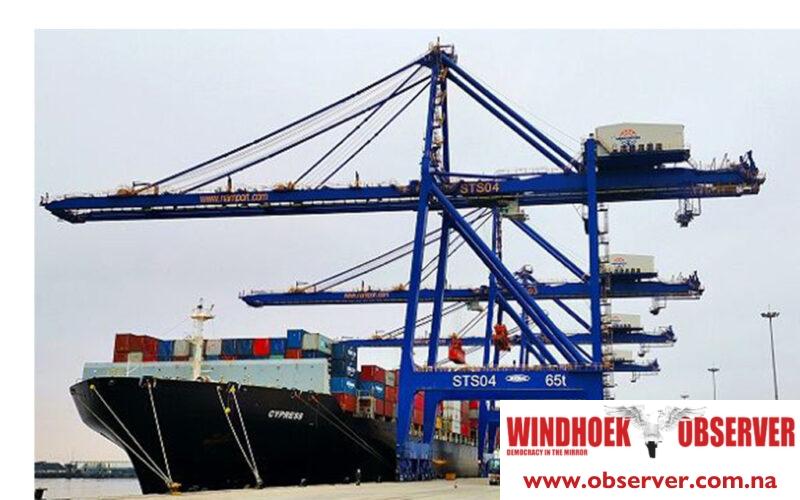Simonis Storm anticipate that the trade deficit will continue to widen for the remainder of 2023. Mining and fishing are expected to play a vital role in boosting our export earnings, further driven by the depreciation of the rand, the firm has pointed out.
Simonis said a concern however remains for the global demand of raw materials, especially given the resurfacing discussions of a possible economic recession.
“On the flip side, our import costs are on the rise. The current weather conditions have shifted into an El Nino pattern, resulting in elevated temperatures and reduced rainfall, which poses a threat to crop yields. Consequently, we’ll likely see an increase in the importation of fresh produce due to lower domestic production,” the firm said.
Simonis said escalating oil prices, exceeding the US$90 per barrel mark, will contribute to higher transportation expenses, with the weakening rand exacerbating these price hikes.
The firm said to counteract the adverse effects of the depreciating rand, it is advisable for the Namibian government to consider implementing policies that promote domestic production and reduce Namibia’s reliance on imports.
“Additionally, efforts to enhance the competitiveness of Namibian exports should be prioritized,” the firm said.
The country’s trade balance stood at a deficit of N$4.9 billion compared to N$3.7 billion and N$4.1 billion recorded in July 2023 and August 2022, respectively, this is the largest deficit the country has recorded since August last year, the Namibia Statistics Agency said.
Namibia’s trade composition by partner showed that South Africa emerged as Namibia’s largest market for both exports and imports. The composition of the export basket for August mainly comprised of minerals such as precious stones (diamonds), non-monetary gold, copper and articles of copper and petroleum oils.
Fish remained the only non-mineral product within the top five products exported. On the other hand, the import basket mainly comprised of petroleum oils, motor vehicles for the transport of goods, vessels, ‘rotating electric plant and parts’ and ‘civil engineering and contractors’ equipment’.
On the analysis of commodity of the month, Namibia exported ‘fish, crustaceans, molluscs and aquatic invertebrates’ at the value of N$1.2 billion.




